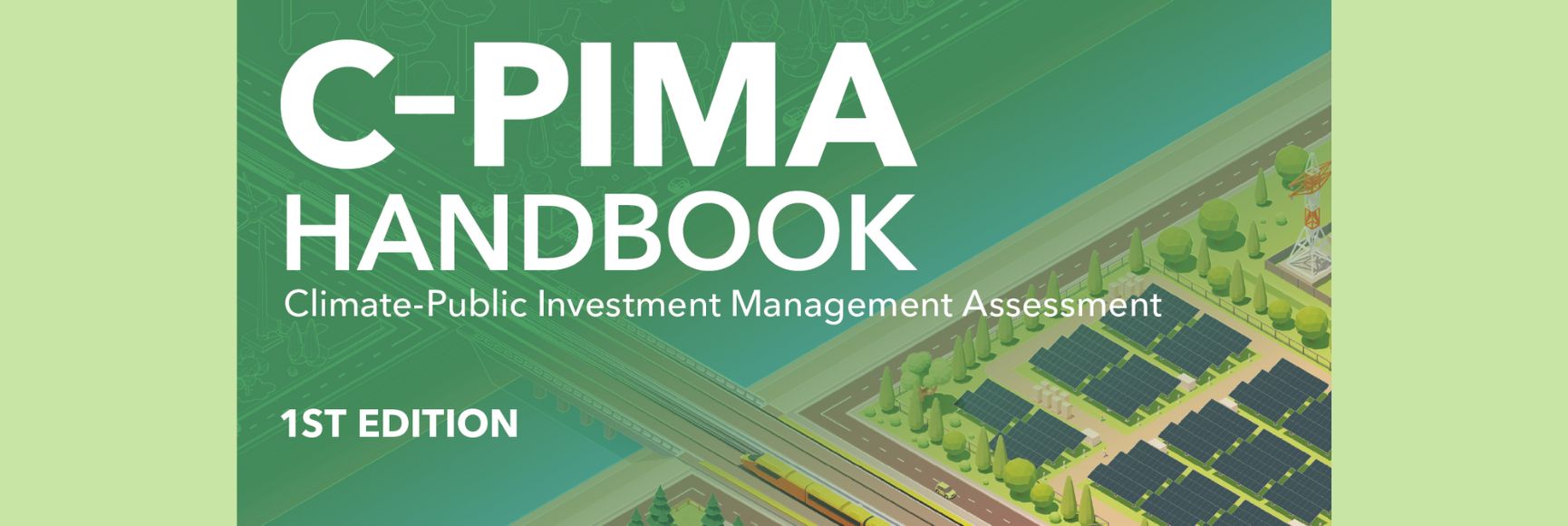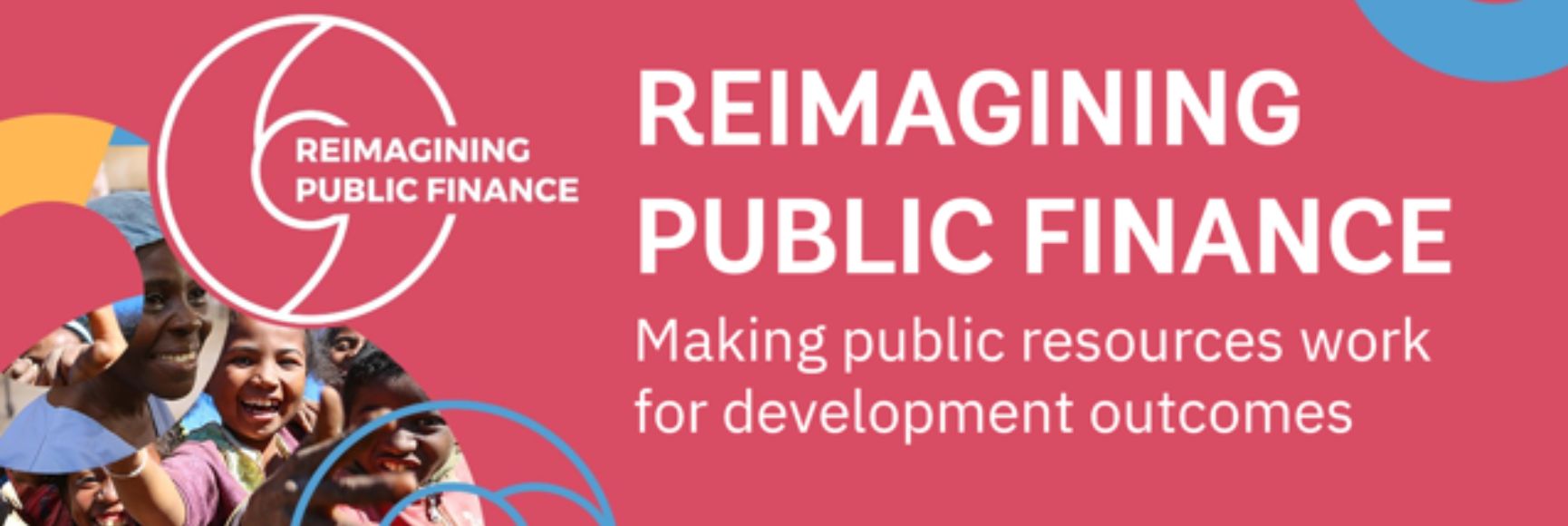by Frans Ronsholt[1] and Charles Seibert[2]

Last month, the PEFA program, which this blog has already referenced on various occasions, celebrated Five Years of Successful Implementation of the PEFA Framework by hosting a reception in Washington DC, timed to coincide with the World Bank/IMF Annual Meetings to allow delegates to participate. Part of the celebration included the roll out of a new brochure available on the PEFA website. Apart from an overview of some of our activities, it contains some success stories on PEFA applications (Zambia, Norway, India, and Mozambique).
At the reception, the key speakers were:
- Otaviano Canuto, Vice President and Head of the Poverty Reduction and Economic Management Network at the World Bank,
- Michel Mordasini, an Executive Director of the World Bank (representing Switzerland, Azerbaijan, Poland, Kyrgyz Republic, Serbia, Tajikistan, Turkmenistan, Uzbekistan).
Here are some of the main elements from their interventions:
Otaviano Canuto highlighted a recently reactivated interest and increasing focus on PFM. It’s probably fair to say that public finance issues were not central to the origins of the global financial crisis. But they are certainly playing a central role in the aftermath of the crisis and the attempts to foster a durable recovery.
Then, the balance of five years of implementation of the PEFA Framework appears clearly as positive:
- The Strengthened Approach, made operational through the Framework, is arguably one of the most tangible contributions to the Accra Agenda for Action. The PEFA initiative had an important impact on promoting country ownership and donor alignment.
- PEFA is widely considered as a program with a significant global and inter-agency impact. The World Bank and the European Commission have clearly been the main contributors in using the PEFA Framework, but PEFA is providing a common good that all stakeholders in public financial management are able to benefit from both donors and partner country governments. PEFA is evolving to become a sort of “golden standard” for benchmarking public finances, and this not only in developing countries. It is also a base for peer learning, e.g. in Eastern Europe or Caribbean region.
- There are now close to 200 PEFA reports substantially completed; at a rate of more than 3 reports per month on average, almost 40 PEFA assessments have been undertaken annually in each of the last 5 years, with no sign of decline. More than 115 separate countries of various sizes and development level have had PEFA assessments at national or subnational levels. Recent success stories have been registered in large emerging economies, such as Brazil or India.
Mr. Canuto concluded his speech by stating that PEFA assessments are now being used by all its partners for a diverse set of purposes and therefore that PEFA assessments are truly becoming the common information pool they were intended to be.
Whilst much has been achieved, much also remains to be done. Michel Mordasini emphasized some of the important challenges for the future:
- Promoting country ownership of the PEFA assessments and making the assessments directly useful in guiding PFM reform program formulation. There is currently no recommended approach for Reform Dialogue and Formulation, however, and many partners among both governments and donors are asking for advice on how to use the PEFA assessments for identifying reform priorities and establishing comprehensive and well-sequenced reform action plans.
- Refining the PFM Performance Measurement Framework. During the past five years the PEFA Framework has remained stable but a first set of amendments to remedy design issues are about to be issued for 3 of the 31 indicators. Further, it can be asked if a general upgrade will eventually be needed to strengthen the Framework and secure its continued usefulness.
- In some areas partly overlapping tools still remain in use, so that further harmonization of assessment instruments is needed. Such harmonization is being promoted jointly with the OECD-DAC task force on public finance management.
The PEFA Secretariat is already tackling some of these questions through studies and working groups, but addressing other challenges will require major new initiatives to be implemented in the medium term. An external evaluation of the PEFA Program has been initiated and is expected to provide a basis for decisions of the future of the Program beyond the end of the current phase III i.e. for 2012 onwards.
However, every contribution is welcome. Please check www.pefa.org for new developments and send us your views on how the PEFA Program could improve its effectiveness to pefa@worldbank.org. And don’t hesitate to contact the PEFA Secretariat for any methodological or practical questions, especially relating to planning, managing and implementing PEFA assessments!




